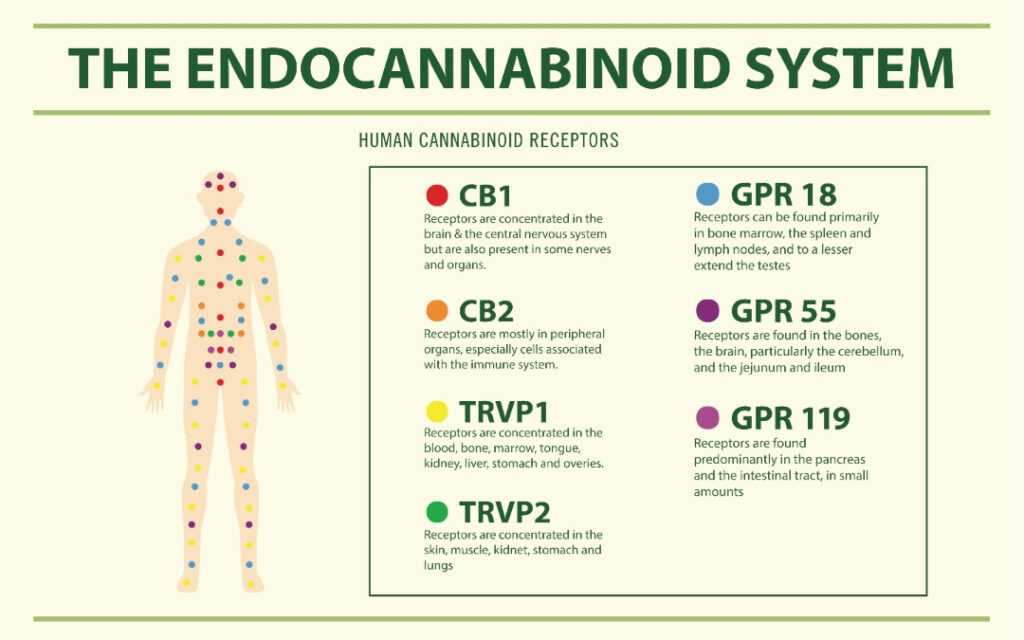
For those unfamiliar with the medication, Naltrexone is typically used in the management of alcohol or opioid dependence. It works by blocking the euphoric effects and feelings of intoxication, providing a useful tool for individuals with substance use disorders to avoid relapses. It’s an “opioid antagonist,” meaning that it blocks the action of opioids in the brain.
What is Low Dose Naltrexone (LDN)?

Low Dose Naltrexone (LDN) is a term that refers to doses of this medication ranging from 1 to 5 milligrams. This is significantly lower than the average dose used for managing opioid addiction, which is typically 50 milligrams. LDN is non-addictive, safe, and cost-effective, and is becoming more recognized for its potential benefits.
How Low Dose Naltrexone (LDN) works
What makes LDN work is its unique method of action. It temporarily blocks the opioid receptors in the brain and immune cells, leading to an increase in the production of endorphins. As you may know, endorphins are the body’s natural painkillers.
But that’s not all LDN does—it also promotes an upsurge of opioid receptors, further enhancing the body’s capacity to regulate pain and mood. Additionally, there is evidence that LDN has immune-modulating effects, helping to boost immune function.
This makes LDN a multifaceted medication capable of addressing pain management but also offering potential benefits for mood regulation and immune system support.

What are the potential benefits and uses of Low Dose Naltrexone (LDN)?
The use of LDN has been linked to benefits in treating conditions like autoimmune diseases, such as rheumatoid arthritis and multiple sclerosis.
It has also shown promise in managing pain related to central sensitization conditions such as Ehlers-Danlos Syndrome and Fibromyalgia.
There’s even evidence to suggest LDN can aid in the treatment of mood disorders like depression and anxiety.
What are the potential side-effects of Low Dose Naltrexone (LDN)?
Due to its low dose, LDN is generally well-tolerated, with very few reported side-effects. Some patients may experience mild side-effects like nausea, headache, or insomnia when first starting LDN treatment. These symptoms are usually temporary and tend to improve with continued use of the medication.
When should I start seeing the potential benefits from taking Low Dose Naltrexone (LDN)?
The time required to observe benefits from LDN varies between individuals, but typically, positive effects can be noted within a few weeks to months. It is crucial to work closely with your healthcare provider to determine the best dosage and treatment plan for your specific condition.
Disclosure: The information in this article is not intended to replace your doctor’s medical advice, diagnosis or treatment. If you require more information, or have any questions, please speak to your doctor/ specialist.
References:
- Younger, J., Parkitny, L., & McLain, D. (2014). The use of low-dose naltrexone (LDN) as a novel anti-inflammatory treatment for chronic pain. Clinical Rheumatology, 33, 451–459.
- Patten, D. K., Schultz, B. G., Berlau, D. J. (2018). The safety and efficacy of low-dose naltrexone in the management of chronic pain and inflammation in multiple sclerosis, fibromyalgia, Crohn’s disease, and other chronic pain disorders. Pharmacotherapy: The Journal of Human Pharmacology and Drug Therapy, 38, 382–389.
- Metyas, S., Yeter, K., Solyman, J., & Arkfeld, D. (2018). Low dose naltrexone in the treatment of fibromyalgia. Current Rheumatology Reviews, 14, 177-180. DOI: 10.2174/1573397113666170321120329
- Smith, J. P., Bingaman, S. I., Ruggiero, F., Mauger, D. T., Mukherjee, A., McGovern, C. O., & Zagon, I. S. (2011). Therapy with the opioid antagonist naltrexone promotes mucosal healing in active Crohn’s disease: a randomized placebo-controlled trial. Digestive diseases and sciences, 56, 2088–2097. DOI: 10.1007/s10620-011-1653-7
- Younger, J., Noor, N., McCue, R., & Mackey, S. Low-dose naltrexone for the treatment of fibromyalgia: Findings of a small, randomized, double-blind, placebo-controlled, counterbalanced, crossover trial assessing daily pain levels. Arthritis and Rheumatism, vol. 65, 2013, pp. 529-538. DOI: 10.1002/art.37734.

Dr. Ilonka Meyer is the Clinical Director and Founder of MindBodyPainSpecialists. She also holds an appointment as Acting Director of the Pain Service and Pain Specialist at the Austin Hospital in Heidelberg, Melbourne. Ilonka has a strong interest in interventional pain treatments, peri-operative pain and medication optimisation and cancer pain.
Ilonka is skilled in Clinical Research, Medical Education, Coaching, and Healthcare Management. Her main research focus lies in interventional pain medicine in the peri-operative population, cancer pain and the health economic benefits of pain and medication optimisation in patients both pre-and postoperatively.



